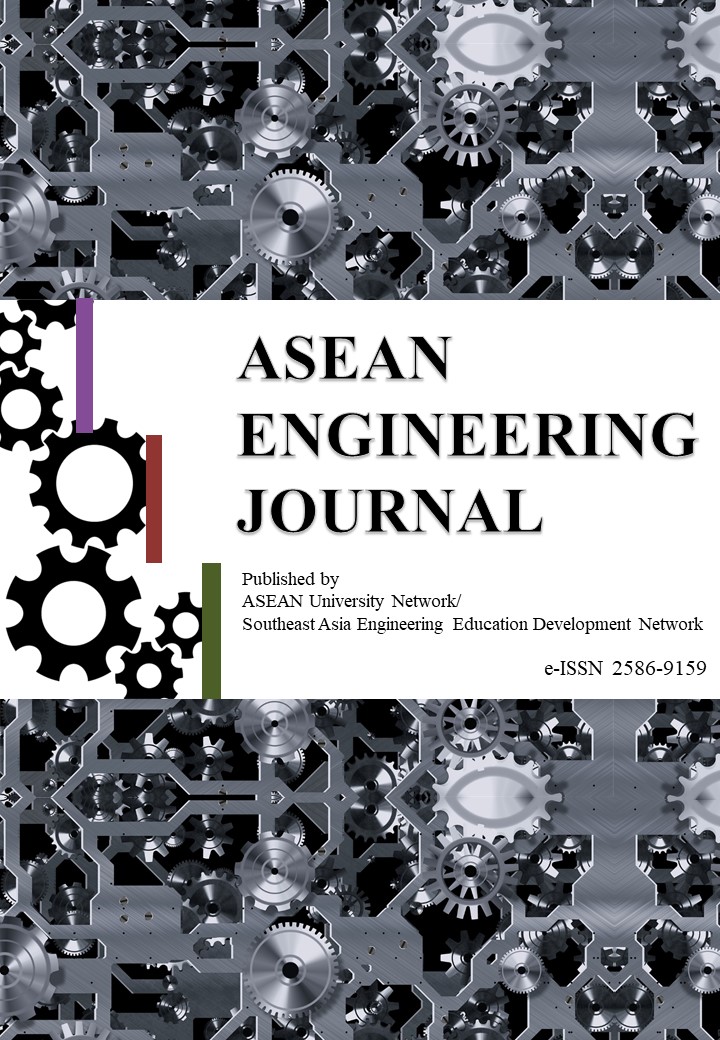EXPERIMENTAL INVESTIGATION ON THE EFFECTS OF SURFACE MECHANICAL ATTRITION TREATMENT ON THE SURFACE OF THE ALUMINUM ALLOY
DOI:
https://doi.org/10.11113/aej.v10.16700Keywords:
Coverage, Mechanical properties, Surface mechanical attrition treatment, Surface roughness, Ultrasonic shot peeningAbstract
Surface mechanical attrition treatment (SMAT) or ultrasonic shot peening method improves mechanical properties of metallic materials by causing the plastic deformation on their surface layer of the workpiece. In this research, an ultrasonic generator, an ultrasonic booster, a sonotrode, one hundred steel balls with the mean diameter of 1 mm, an optical microscope, an automatic roughness meter, and other supporting accessories are employed to conduct the experiment. The effect of shot peening time of the ultrasonic shot peening method on the surface coverage and the roughness of the treated aluminum sample A7075 is systematically investigated. The study reveals that shot peening time has a significant effect on the coverage and the surface roughness of the treated samples. The surface of sample is rougher with the increasing of shot peening time and the surface is full coverage after shot peening in 35s. The results of this study indicate that the method of surface mechanical attrition (SMAT) or ultrasonic shot peening is an effective method to induce the plastic deformation on the material. It also shows that this is a promising method to investigate the effects of experimental parameters on the microstructure, properties, and fatigue life of the material.
















